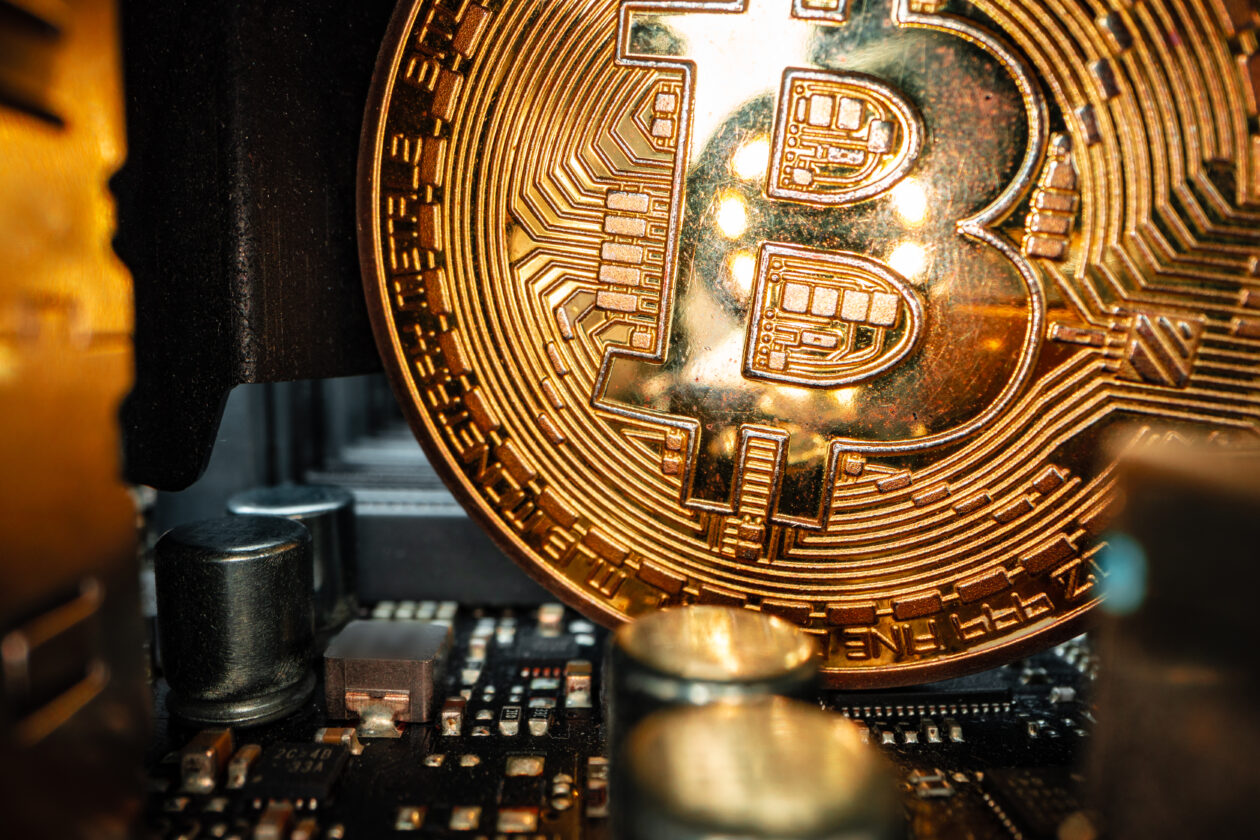Putin’s new BRICS currency could benefit gold and Bitcoin – analysts


(Kitco News) With the global de-dollarization trend accelerating, the two assets that could benefit are gold and the crypto space, according to analysts.
Earlier this summer, Russian President Vladimir Putin said that Brazil, Russia, India, China and South Africa (BRICS) were developing a new basket-based reserve currency.
“The issue of creating an international reserve currency based on a basket of currencies from our countries is being worked out,” Putin said at the BRICS forum in late June. “We are ready to work openly with all fair partners.”
The five countries are also trying to create an alternative mechanism for international payments, he added.
BRICS could also see its membership expand, with Turkey, Egypt and Saudi Arabia considering joining the group.
This is not the first time such a thing has been mentioned, and the BRICS countries have already started to incorporate several local currencies for payments in mutual trades. Over the summer, India and Russia held discussions about accepting each other’s local RuPay and Mir payment systems, according to the Deccan Herald.
Analysts see this new BRICS reserve currency proposal as an alternative to the US dollar and the International Monetary Fund’s (IMF) Special Drawing Rights (SDR) currency.
“One can only believe that this is a move to address the perceived US hegemony of the IMF and will allow the BRICS to build their own sphere of influence and currency unit within that sphere,” said Chris Turner, ING’s global head of markets.
Russia’s efforts to de-dollarize are far from new, but they have been accelerated by Western sanctions against Russia following its invasion of Ukraine in late February.
“The speed with which Western nations and their allies sanctioned Russian foreign exchange reserves with (freezing around half) no doubt shocked the Russian authorities. Indeed, the Russian Central Bank admitted as much, and no doubt some BRICS nations – especially China – have noticed the speed and stealth that the US Treasury moved to,” Turner pointed out. “BRICS nations may therefore feel they need an alternative reserve currency to match something like the IMF’s SDR.”
The IMF’s SDR is not a currency in itself. Instead, it is a basket of claims on top reserve currencies such as the dollar, euro, pound, yen and renminbi, Turner explained.
Safety, liquidity and yield make for a good reserve currency and therefore BRICS could potentially look towards gold, he added. “We doubt that the mercantilist nations involved in BRICS would want to transfer valuable foreign exchange reserves to this more local sphere of influence. If they are concerned about the path to sanctions and the increasing weaponization of the dollar, they, like Russia, may prefer to move to gold,” Turner said.
Another asset that could benefit from a larger de-dollarization move is Bitcoin, said Wells Fargo’s chief real estate strategy John LaForge.
“If it works and you look 20 years from now, you’d have Western dollar-euro leverage. And on the other side, you’d have China’s yuan-Russian ruble, or whatever that combination would be. And then you’d have third option called Bitcoin, which is the middle one that is not based on countries, but based on individuals who say that they will not vote with a certain bloc, and prefer a global currency that is not controlled by anyone,” he said News from Kitco . “These two blocs fighting can open up opportunities for something else [like Bitcoin] to appear later.”
Russia eyes own gold standard after LBMA ban | #kitconews #gold #silver #finance #precious metals #markets #mining #investment | pic.twitter.com/ghPupNCvq9
— Kitco NEWS (@KitcoNewsNOW) 21 August 2022
Impact on the dollar
Meanwhile, the dollar has rallied, with the US dollar index trading near 20-year highs ahead of the highly anticipated Jackson Hole symposium.
Over the summer, the dollar has become the popular safe haven as other economies grapple with more problematic inflation and growth issues. And the US dollar could maintain its strength for the next six months, according to LaForge.
“Our base case is that the US will enter a recession somewhere in October or November, which will last until the middle of next year. Typically, the dollar loses strength when signals say the US is coming out of recession. So if our base case is correct , you can see the dollar starting to act weaker in the first quarter of next year in anticipation of that,” he described.
Until then, the dollar will continue to act as the defensive asset.
Also, the BRICS proposal to create its own reserve currency should have a limited impact on the US dollar in the short term. However, if the de-dollarization trend continues to accelerate, it will leave a mark on the dollar, LaForge said.
“If you look at the dollar reserves held by central banks globally, it’s shrinking a little bit. They’re starting to pick up more of the alternative currencies. That’s been going on for the last 15 years – the slow wind away from the dollar,” he pointed out. “The long-term impact is not a big deal. But this combination of [big players like] China and Russia joining forces to form their new currency bloc is real.”
Disclaimer: The views expressed in this article are those of the author and may not reflect the views of Kitco Metals Inc. The author has made every effort to ensure the accuracy of the information provided; however, neither Kitco Metals Inc. nor the author can guarantee such accuracy. This article is for informational purposes only. It is not an invitation to exchange goods, securities or other financial instruments. Kitco Metals Inc. and the author of this article do not accept responsibility for any loss and/or damage arising from the use of this publication.























